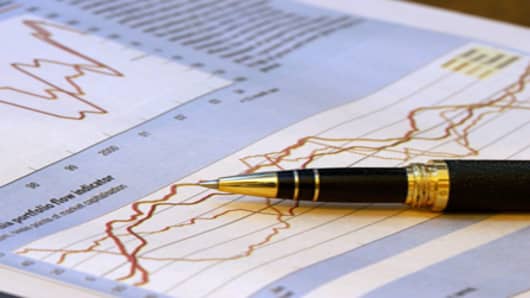He adds more moderate investors, who are either closer to retirement or still have substantial time before retirement but can’t stomach as much volatility should have less invested in stocks –in the range of 40% to 70%. That leaves 30% to 60% of their assets in fixed income.
“For more moderate investors this allocation is nice because you have enough stock to keep up with inflation but enough stability to get through years like this where market is down.”
Conservative investors, who, for instance, may already be in retirement or are by nature highly risk-averse, are often advised to have much smaller stock positions, generally 20% to 40% of their portfolio. While these portfolios will have very low volatility, Sivertsen, said it is important for investors in this group to make sure their portfolio is able to generate enough returns to keep up with inflation.
Regardless of how your asset allocation, Sivertsen believes the equities component of your portfolio should be broadly diversified both by market capitalization, which means having stocks in the small-, mid- and large cap categories, and global exposure, with about half in U.S. stocks and half invested in international stocks.
On the fixed income side, he looks at high quality bonds, such as Treasurys or high-quality corporate bonds with a short-term duration of about one to five years. These types of investors have a little volatility but are pretty secure.
M. Eileen Dorsey, president of Money Consultants agrees investors would do well to stick with safer, more traditional investments, specifically on the fixed income side.
“I would stay away from anything too fancy,” Dorsey says, adding that “people wanted more yield and in exchange took a lot more risk… that’s what got us into this mess.”
In addition to avoiding higher risk securities, Dorsey says investors should also avoid inadvertently scaling up their level of risk by buying and selling at the right times.
One mistake investors often make, she says, “is selling low and buying high. We see that over and over again.”




